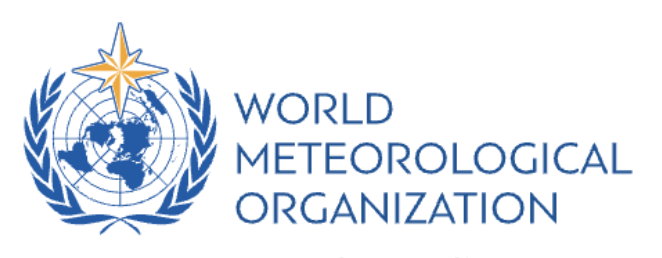Drought warnings for humanitarian action
Why is drought early warning so important for Papua New Guinea? Its economy depends highly on agriculture, and two cash crops employ half the national workforce.5 With 85% of the rural population also reliant on subsistence farming, drought has left at least 3 million people food insecure. By providing regular briefings on the drought bulletin to a national Disaster Management Team made up of UN humanitarian agencies and PNG’s disaster management authority, PNG’s Met Service is enabling early humanitarian action.

